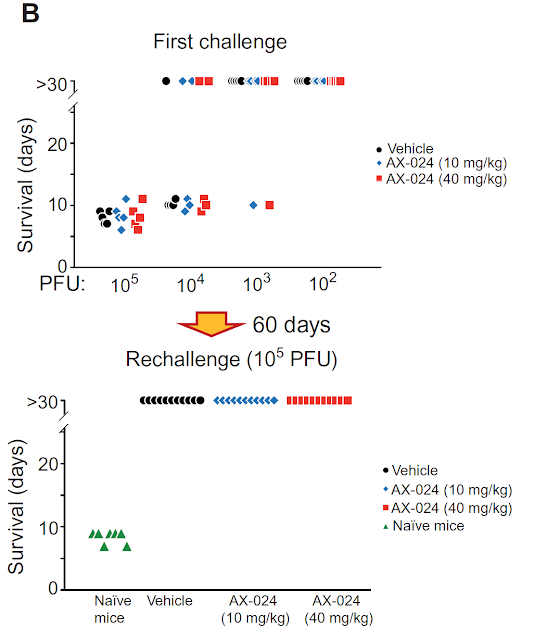This week Journal of Clinical Investigation published very good research article that shed light on how tolerance to sequestered self-antigens expressed by immune privileged tissues are established.
Some tissues such as brain, eye, testis or ovaries are thought to be "immune privileged" organs meaning that ordinarily immune system does not see their antigens. However, in this paper, the authors showed that in fact some testes antigens in male mice, for example lactate dehydrogenase 3 (LDH3), are actually secreted and detected by immune system.
Series of experiments confirmed that WT male mice did not respond to LDH3 immunization, while female and LDH3-null male mice mount detectable immune response to it. This suggested that male mice were physiologically tolerant to LDH3. Notable, both male and female mice could be immunized against another testis antigen, zonadhesin (ZAN), implying absence of tolerance to ZAN in male mice.
So, how male mice were tolerant to LDH3? To answer it, the authors temporally depleted Tregs and it led to immune response to LDH3 in immunized WT male mice. since no changes were seen in response to ZAN, the authors concluded that tolerance to LDH3 in WT male mice was dependent of presence of FOXP3+ Tregs.
Furthermore, depletion of Tregs even in absence of testes antigen immunization still led to autoimmune pathology in testes in ~40% of male mice ("autoimmune orchitis occurs in autoimmune polyendocrine syndrome 1 (APS1) patients due to mutations of AIRE, possibly associated with impaired thymic deletion of autoreactive T cells and deficient Treg function").
In summary, this study suggests that "immune privilege" is not absolute and self-antigens that naturally leak maintain tolerance by induction of antigen-specific Tregs.
David Usharauli

























